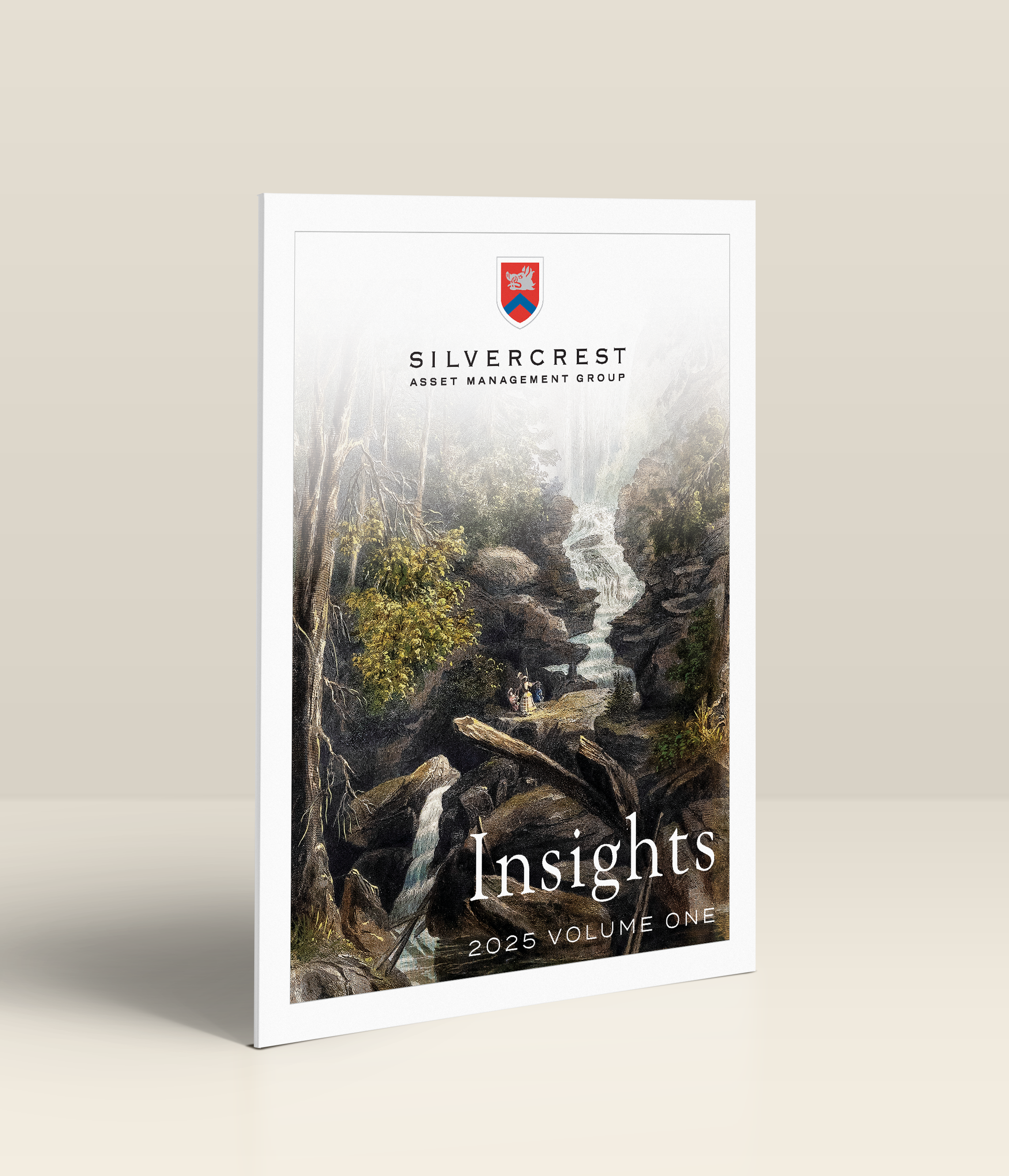“Value” has a nice ring to it. It appeals at a visceral level. Investing in value seems like a reasonable thing to do.
An investor might expect that, in a world with over 3.7 million benchmarks and over 6,000 ETFs, there would be ways to invest in value. The good news is that there are! Many, many ways! A simple search turns up lists of the top 5, top 6, top 10, even top 67 value ETFs. One can find value, deep value, classic value, enhanced value, and pure value, as well as mentions of high dividends, high quality, and low volatility. The variety seems endless.
Some of this variety is simply a reflection of creative marketing, and upon closer examination, some of it disappears. In many cases, the thinking behind or support for these value ETFs goes back to two seminal works. The Intelligent Investor, a book by Benjamin Graham, published in 1949, and “Common risk factors in the returns on stocks and bonds”, a paper by Eugene Fama and Kenneth French, published in 1993, have both been hugely influential, in part because they provide ways to define value.
An investor might expect that, in a world with over 3.7 million benchmarks and over 6,000 ETFs, there would be ways to invest in value. The good news is that there are!
Graham probably shoulders a bit more responsibility for the breadth of how value is defined. He wrote about several criteria he considered important when trying to select stocks with a “margin of safety”, including stocks that were considered high-quality and paid dividends. He also cited two specific measures of value—price to book value (P/B) and price to earnings (P/E). Over time, the criteria Graham wrote about have come to be associated with value investing, and thereby as ways of defining value.
Fama and French made their contribution in a different way. They researched the drivers of stock returns and identified two classes of stocks that tend to outperform the market—one of which is stocks with high book value to price ratios (or, equivalently, low P/B). Investors seized upon this fact, and P/B has remained central to many definitions of value in the decades since the paper was published.
In fact, P/B is the lone value criterion in one of the best-known value indexes—the Russell 1000 Value Index. This index is used by one of the largest value ETFs as well as many others. The appeal is understandable—it is a simple definition and has high-profile research backing it up. It is also a very old idea, and many researchers and investors have worked to improve upon it, leading to a proliferation of ways to define value.
Over time, the criteria Graham wrote about have come to be associated with value investing, and thereby as ways of defining value.
One alternative way is used in the ubiquitous Morningstar Style Boxes, which sorts investments along the lines of the Fama and French paper—by capitalization and value vs. growth—but defines value in a way that hearkens back to Graham. Value is measured not only by P/B, but also P/E and dividend yield, and other measures. The influence of Morningstar makes these measures relevant to value investors today despite the seven decades since the publication of Graham’s book.
Other approaches use additional measures in different ways, such as using trailing or forward data, adjusting the measures themselves, or using different data sources to refine the results. While the approaches are clearly different, it is possible that the stocks selected are at least similar, if not the same. Perhaps the differences are too small to matter. Or perhaps value is something intrinsic to each stock and can be seen consistently, even if the approaches differ.
Investors hoping for a clear and simple outcome like this will be disappointed to learn that the indexes and ETFs show that this is not the case. ETFs based on the same index tend to be quite similar, although differences in portfolio construction and portfolio management methodologies mean that even they are not identical. And ETFs based on different indexes diverge quite meaningfully. For example, the top 10 positions of three brand name large cap value ETFs overlap, but are not identical, and position sizing is notably different. This carries on through the portfolio, and results in differences in sector allocations, valuations, and yields.
Maybe this does not matter. Perhaps there are enough similarities that despite the differences at the position level, the ETFs perform the same—that while value might not show up clearly in every position, it shows up in aggregate. Again, this is not the case. Over both shorter and longer periods, results are different. For example, over the last six months, these three ETFs returned 3.1%, 3.9% and 8.2%. Over five years, 43.3%, 58.2%, and 43.0% (and the similar pair over six months is not the same as the similar pair over five years).
Different portfolios and different results do not mean that the idea of value has no meaning, but it does mean that caution and care in selecting specific value investments is necessary—the label is not enough. Value ETFs tend to trade far more like each other than the broader market, but the differences can be substantial. It is worth a closer look to see how they reflect different preferences and ideas before making a final choice.
Other approaches use additional measures in different ways, such as using trailing or forward data, adjusting the measures themselves, or using different data sources to refine the results.
This lesson extends beyond value and may be even more important when considering other popular labels. Value has a long history, a great deal of research, and fairly well-defined—if varying—characteristics, so value investments have a good chance of having something meaningful in common. Many other popular labels are far less well defined—notably topical funds that focus on subjective views of the activities of companies rather than styles or factors. An investor pondering investing in, for example, that new ESG fund might want to keep this thought in mind. Buyer beware!
Additional Thoughts on ETF METRICS
Cross constituency—It makes sense that a stock may transition from growth to value and back over time, depending on changes in the company’s underlying fundamentals or market sentiment. It makes less sense that one stock is the largest holding in the iShares S&P Value ETF (“IVE”) and the largest holding in the iShares Russell 1000 Growth ETF (“IWF”). As of October 31, 2019, Apple was a 9.14% position in IVE and an 8.04% position in IWF. S&P and Russell use different methodologies for differentiating growth and value but an investor that bought each of these ETFs to get a balance of large cap value and growth would end up with an outsized position in Apple.
Cyclicality—As mentioned above, stocks often transition from growth to value. This poses a particular problem for cyclical companies when defining value based on price to historical earnings. The P/E ratio of a cyclical company will be highest when the economy has slowed and earnings are depressed. Therefore, a P/E-based methodology will not favor the stock even though that may be when it has the most attractive disparity between price and intrinsic value if a more normalized approach to earnings is used.
Accounting Deficiencies—Earnings can often be misleading, which again means P/E ratios may prove to be a poor indicator of value. Book value can also be problematic and several methodologies for selecting value stocks put a high weighting on price to book value. Book value may be reflective of intrinsic value for certain capital-intensive businesses, but may be much less relevant for service-oriented businesses with few tangible assets.
Sector tilts—The focus on either P/E or P/B will often lead to indexing methodologies that favor certain sectors for value. For example, Financials often comprise a large share of value ETFs and indices. Some methodologies attempt to constrain sector bets or even equal-weight sectors, but investors must be aware of the sector exposures they may be taking on by selecting an ETF.
All of the above supports the approach we utilize at Silvercrest. We occasionally use passive strategies but when we do, we are sure to understand the rules used to select constituents and the differences among the competing providers. Generally, however, we favor active strategies that can focus on selecting a narrower group of companies based on each company’s fundamentals. We look for managers that focus on less easily manipulated metrics such as free cash flow and on intrinsic value rather than book value.
This communication contains the personal opinions, as of the date set forth herein, about the securities, investments and/or economic subjects discussed by Mr. Loeser and Mr. Morris. No part of Mr. Loeser’s or Mr. Morris’s compensation was, is or will be related to any specific views contained in these materials. This communication is intended for information purposes only and does not recommend or solicit the purchase or sale of specific securities or investment services. Readers should not infer or assume that any securities, sectors or markets described were or will be profitable or are appropriate to meet the objectives, situation or needs of a particular individual or family, as the implementation of any financial strategy should only be made after consultation with your attorney, tax advisor and investment advisor. All material presented is compiled from sources believed to be reliable, but accuracy or completeness cannot be guaranteed. © Silvercrest Asset Management Group LLC





